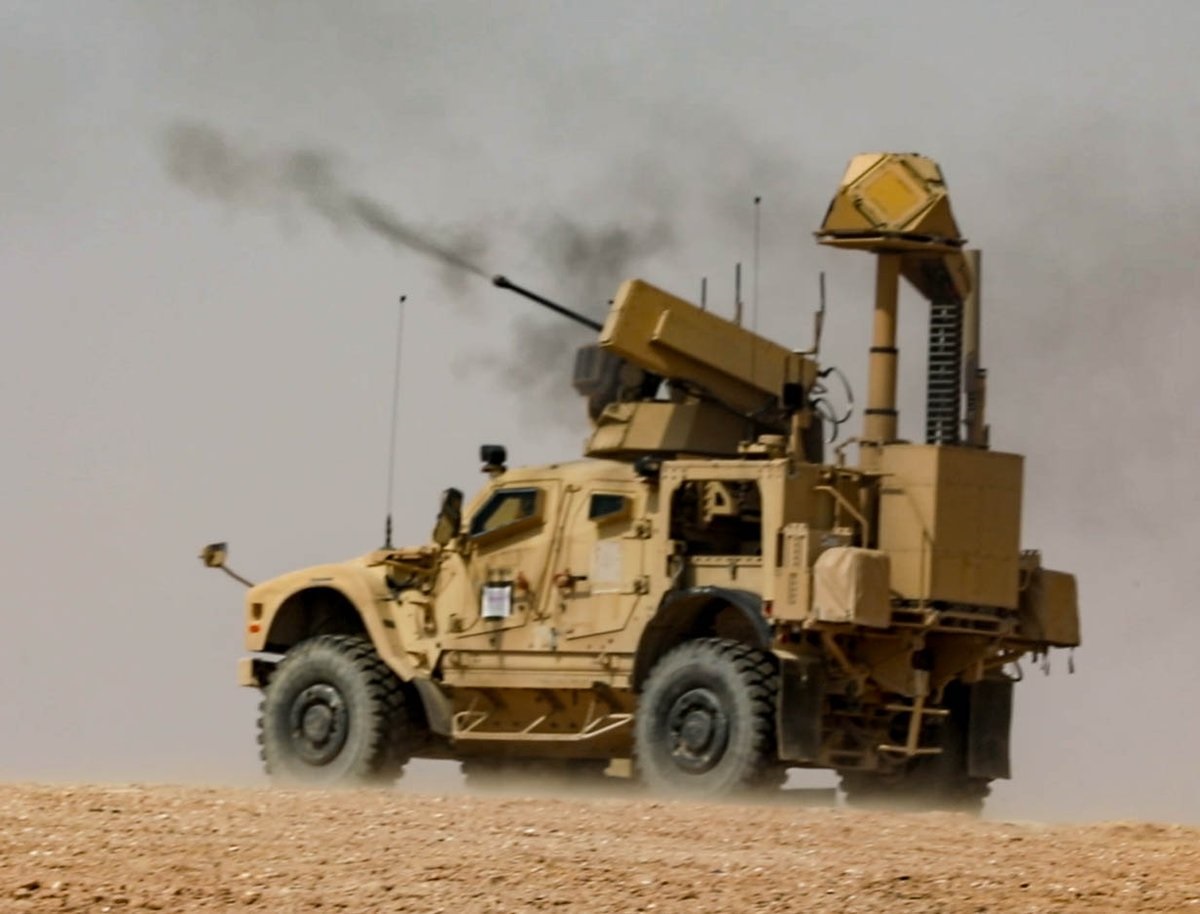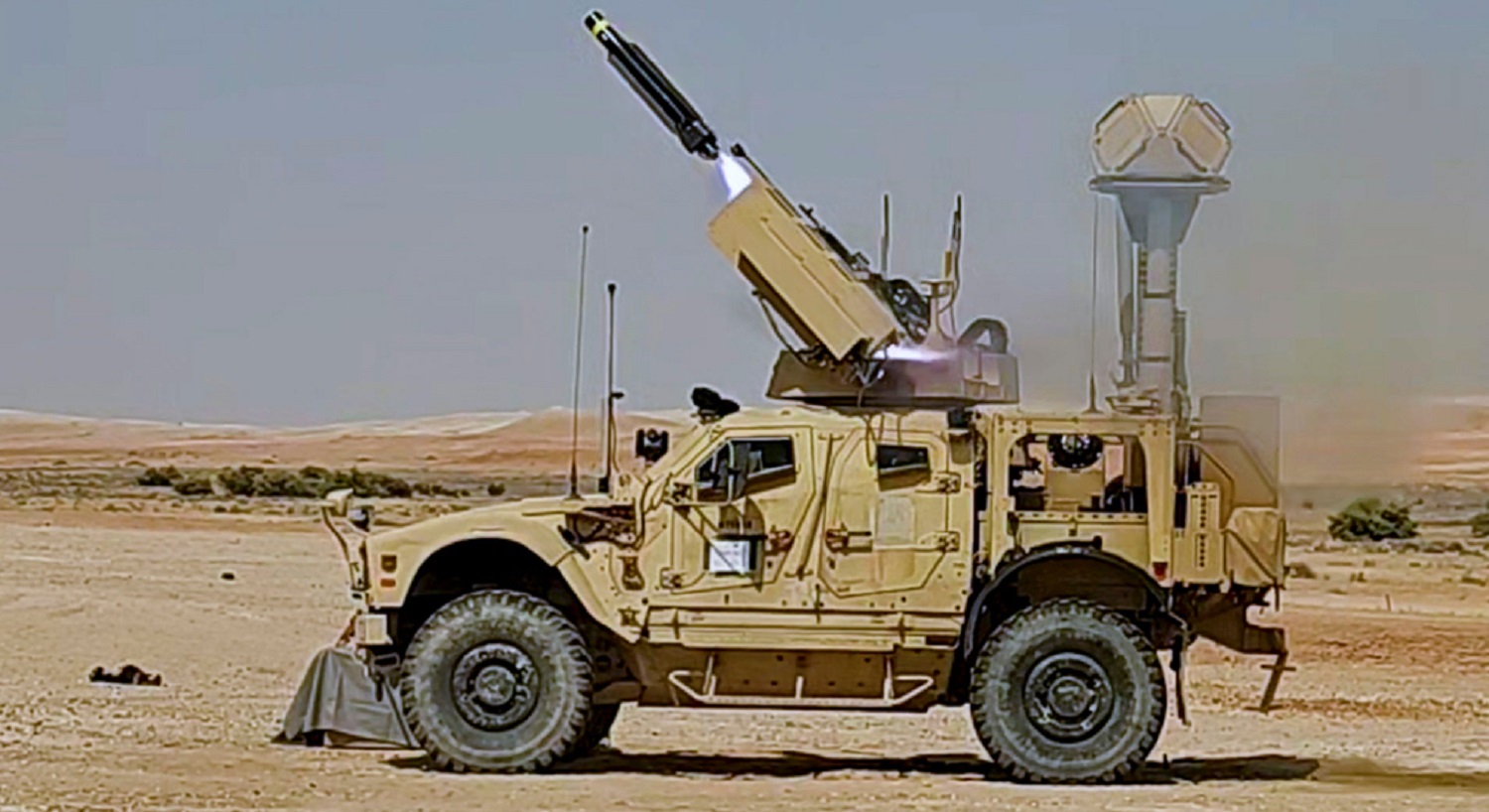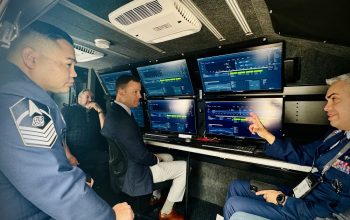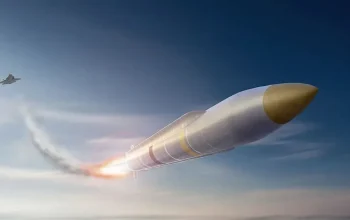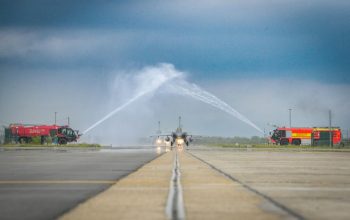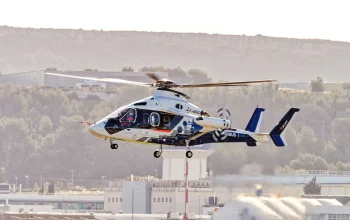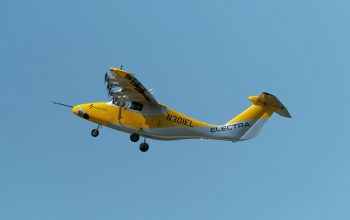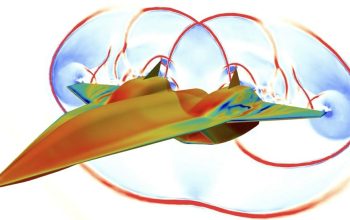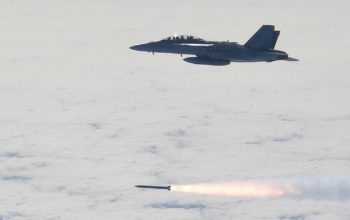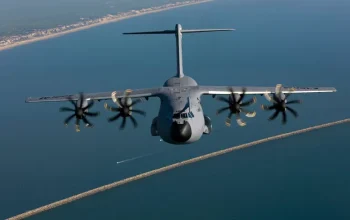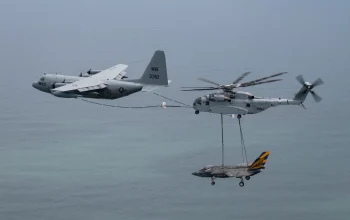Gen. Michael “Erik” Kurilla, commander, U.S. Central Command, and Gen. Fayyad al-Ruwali, Chief of General Staff, Kingdom of Saudi Arabia, along with other leaders from both militaries, observed the second exercise iteration by the Red Sands Integrated Experimentation Center. Red Sands 23.2 highlighted the significant progress the two nations have made toward defeating Unmanned Aerial Systems (UAS) that pose a threat from adversaries. Red Sands 23.2 is the culmination of months of rapid prototyping and continued development building off the earlier exercise. This iteration of Red Sands included training, operational demonstrations, and testing of nine systems employing various kinetic and non-kinetic techniques to destroy or disable UAS’.
“Rapid development sprints, as demonstrated in Red Sands 23. 2, allow us to tackle the most challenging military problems and realize solutions to emergent threats more rapidly than traditional development. Doing this in conjunction with our close Saudi partners, adds to the effectiveness of this developing technique and allows us to achieve our goals faster. The UAS threat is real, and the Red Sands Integrated Experimentation Center represents a significant step, not only in defeating UAS threats, but in demonstrating a shared commitment to regional security by both Saudi and U.S. forces. This also highlights the value CENTCOM component innovation task forces provide to solving shared security concerns,” said Gen. Kurilla.
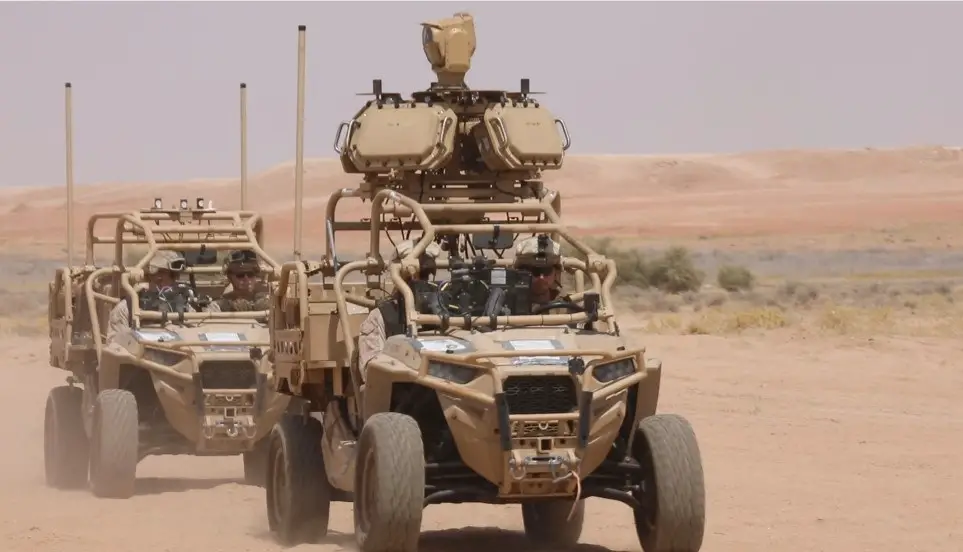
The Ground-based air defense (GBAD) combines systems like the existing RADA RPS-42 S-band radar, the Sierra Nevada Modi electronic warfare system, Lockheed Martin visual sensors and the Raytheon Coyote anti-drone UAV to allow air defense Marines to detect, track and destroy hostile drones. The vehicles built to operate from a forward operating base, a Marine M-ATV or a pair of the Marines’ new MRZR off-road vehicles. LMADIS consists of the RADA RPS-42 hemispheric air surveillance AESA radar system mounted on a MRZR buggy. The short-range S-band radar is highly sensitive and can spot a range of targets. A gyro-stabilized CM202 multi-sensor optical ball can positively identify aerial targets day or night.
From the U.S. side, the U.S. Army Central Task Force 39 led the Red Sands 23.2 live fire phase at the Shamal-2 Range in northeastern Saudi Arabia. TF 39’s mission is finding and testing innovative capabilities and techniques to counter adversary UAS for U.S. Army Central. In partnership with their Saudi counterparts, TF 39 worked with both military and commercial vendors to demonstrate and test the most promising emergent capabilities aimed at countering these systems. Future iterations of Red Sands exercises will build on successes and knowledge gained in Red Sands 23.2 by U.S. and Saudi Armed Forces as they continue to work together to solve challenging military problems.
